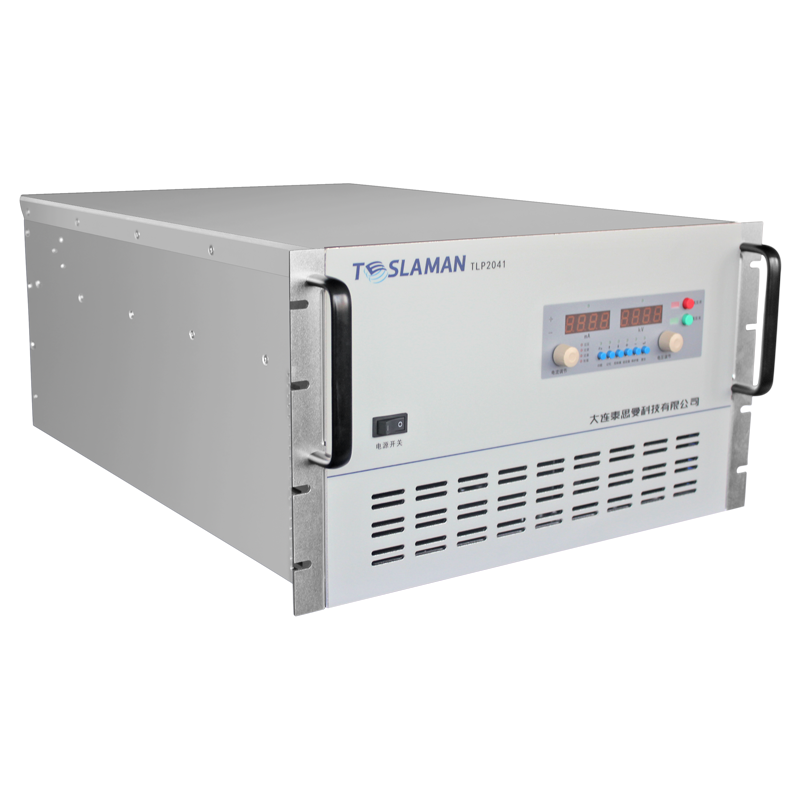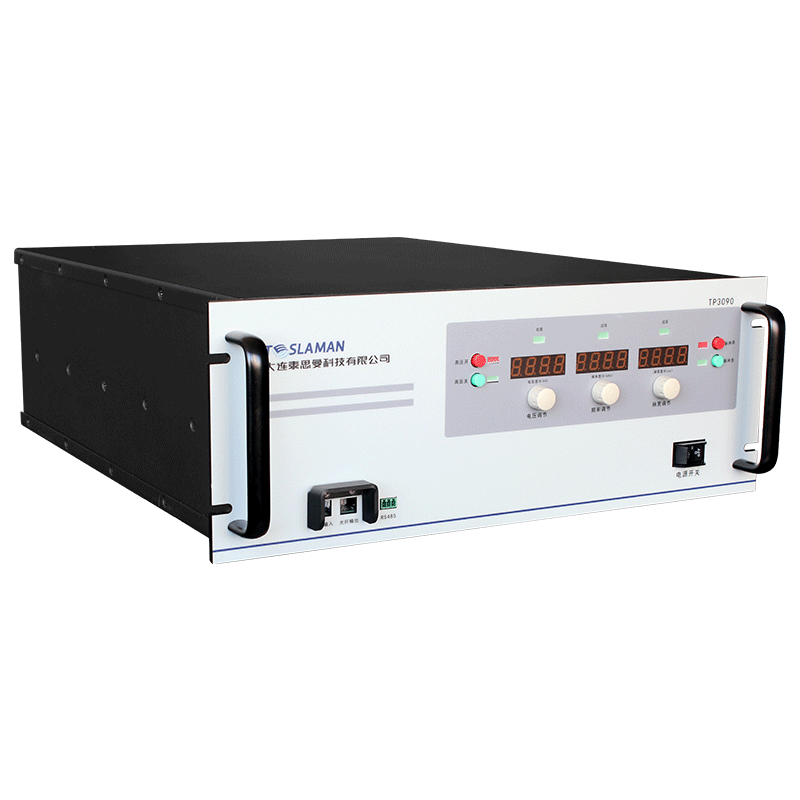Application Requirements of High-Voltage Power Supplies in Urological Science
1. Analytical Overview of Application Scenarios
High-voltage power supplies (HVPS) play a critical role in urological diagnosis and treatment, integrating into multiple technical frameworks. Extracorporeal shock wave lithotripsy (ESWL) exemplifies a primary application, where HVPS drives electromagnetic or piezoelectric transducers to generate shock waves. This requires peak voltages of 10-30kV with voltage ripple controlled within ±1%, ensuring consistent energy output for effective lithotripsy.
Urological electrosurgery (e.g., transurethral resection of the prostate, bladder tumor resection) relies on high-voltage high-frequency power supplies. These systems output 300-500V at 0.3-3MHz, utilizing arc discharge for tissue ablation. Key requirements include dynamic switching between cutting (higher voltage peaks) and coagulation modes (sustained energy release), alongside nanosecond-level switching response to minimize thermal damage.
Neurostimulation in urodynamics further demands specialized HVPS. Sacral nerve stimulation (SNS), for instance, employs implanted pulse generators with 10-50V outputs. Critical specifications here include low ripple (<0.5%) and minimal leakage current (<10μA) to ensure safety and patient comfort.
2. Technical Demands and Design Challenges
Safety and Biocompatibility
HVPS for urological devices must comply with IEC 60601-1:
Electrical isolation: Dual/ (reinforced insulation) withstands 4000V AC/1min;
Leakage control: Patient-end leakage ≤50μA (normal), ≤100μA in fault conditions;
Overvoltage protection: Multi-stage clamping triggers within 1ms at >110% rated voltage.
Precision Energy Regulation
ESWL requires energy resolution of 0.1-1J, achieved by adjusting capacitor charging voltage (1-30kV) and discharge timing. Miniaturization for portable devices (e.g., wearable urodynamic monitors) drives integration of high-efficiency (<10cm³) DC-DC converters, addressing EMI via shielding and filtering (CISPR 11 Class B compliance).
Interference Immunity
In multi-device OR environments, HVPS employs:
Soft switching (ZVS) to reduce harmonic interference;
Physical isolation between control and power modules;
IP65-rated enclosures for resistance to disinfectants.
3. Technological Trends
Modern HVPS development focuses on intelligence, modularity, and low power consumption. Solid-state solutions (SiC/GaN devices) replace linear power supplies, offering >95% efficiency and nanosecond switching. Digital control enables real-time monitoring, remote parameter adjustment, and cloud-based data management.
In research, high-voltage pulsed electric field (PFA) ablation for urological tumors shows promise, requiring 30-60kV/cm nanosecond pulses (<100ns), pushing the boundaries of transient response and waveform fidelity for next-generation HVPS. This technology advances tumor therapy toward non-thermal, selective cell ablation.




















